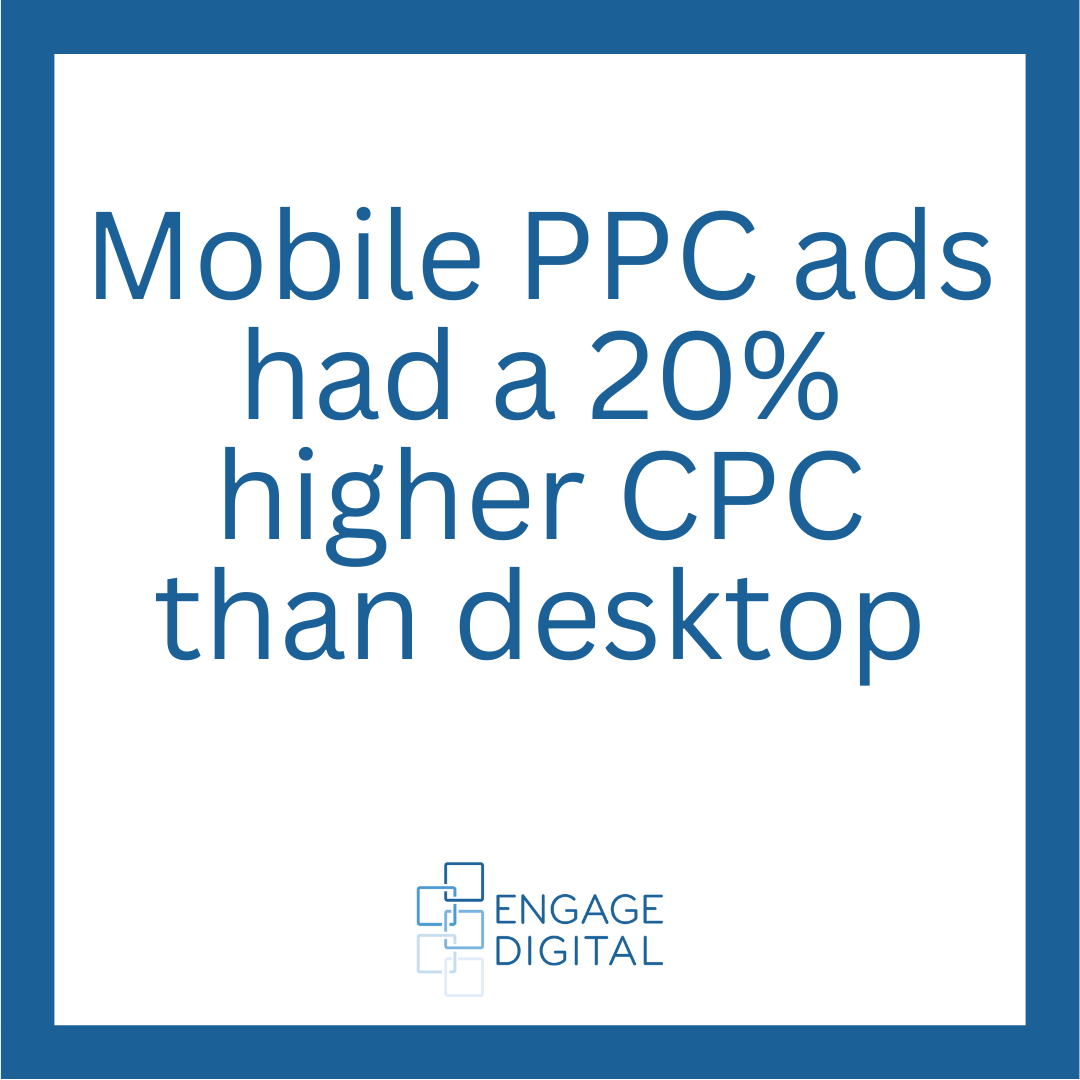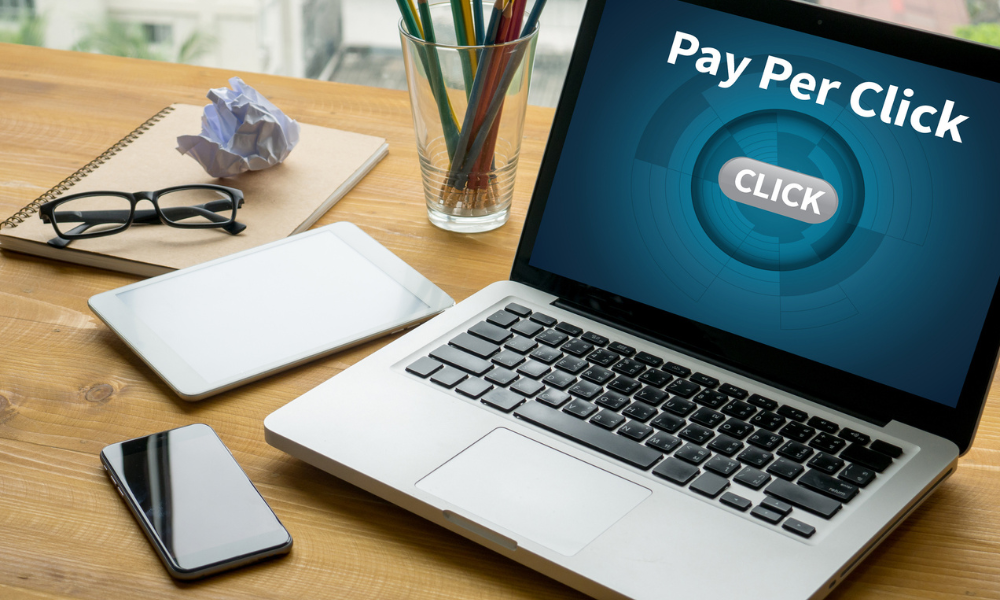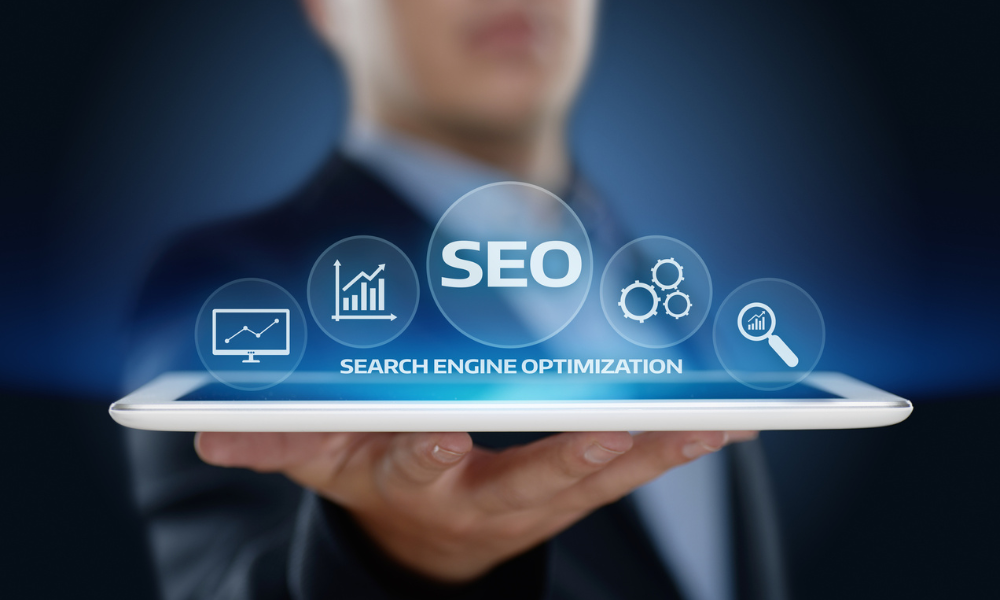In 2025, Pay-Per-Click (PPC) advertising is undergoing significant transformations, presenting marketers with both challenges and opportunities. The digital advertising landscape is more competitive than ever, with rising costs, shifting consumer behaviors, and new technologies reshaping how businesses connect with their target audiences. Advertisers must stay agile and proactive, adapting to platform updates, automation advancements, and evolving search engine algorithms to maintain a strong online presence.
To stay competitive, it’s crucial to understand emerging trends and consider strategically increasing PPC budgets. A higher budget helps businesses secure premium ad placements, allowing for more extensive A/B testing, audience segmentation, and bid adjustments. With greater investment, advertisers can capitalize on AI-driven bidding strategies, target high-intent customers more effectively, and drive stronger conversion rates. Those prioritizing PPC growth will have the upper hand in an increasingly saturated digital marketplace.
1. The Surge in Global Search Ad Spending
Global spending on search advertising is projected to reach over 200 billion in 2025.
This substantial investment underscores the growing reliance on PPC campaigns to drive traffic and sales. As competition intensifies across industries, businesses that strategically allocate more resources to PPC are positioning themselves to capture a larger share of this expanding market. Higher budgets allow for greater reach, more refined audience targeting, and increased visibility in crowded digital spaces. Companies that fail to scale their PPC investment risk losing valuable online real estate to competitors willing to outbid them for prime ad placements.
2. The Rise of AI-Driven Advertising
Artificial Intelligence (AI) is revolutionizing PPC strategies. AI-powered tools enable real-time data analysis, optimizing ad placements, targeting, and budget allocation with precision. By 2025, AI is expected to become deeply integrated into advertising, following the path of past technology breakthroughs. As AI continues to evolve, automation will play an even greater role in refining keyword selection, bid adjustments, and audience segmentation, ensuring more dynamic and responsive ad campaigns.
Marketers investing in AI-driven PPC can achieve more efficient and effective campaigns. These advancements allow advertisers to scale efforts, minimize wasted ad spend, and continuously improve performance through predictive analytics. Businesses that embrace AI-driven PPC strategies will gain a competitive edge by leveraging data-driven insights to refine their messaging and maximize conversions.
3. Mobile Dominance in PPC 
Mobile devices account for a significant portion of PPC clicks. Mobile PPC ads had a 20% higher CPC than desktop ads last year, reflecting the growing demand for mobile-friendly experiences. As mobile usage continues to rise, businesses must prioritize optimizing ad creatives, landing pages, and user experiences for smaller screens.
Optimizing PPC campaigns for mobile platforms is essential as consumers increasingly use smartphones for searches and purchases. Allocating budget to mobile-specific ads can enhance user engagement and conversion rates. Advertisers should also leverage mobile-specific bid adjustments, location-based targeting, and responsive ad formats to capture high-intent mobile users better and maximize ad performance.
4. Social Media Platforms Expanding PPC Opportunities
Platforms like TikTok are entering the PPC arena, allowing brands to target ads based on user searches. Other social media giants, including Instagram, Facebook, LinkedIn, and Snapchat, continue to refine their paid advertising options, offering brands advanced targeting capabilities and creative ad formats. YouTube also remains a dominant player, leveraging video-driven PPC to engage audiences more effectively.
This expansion offers marketers new avenues to reach younger demographics and niche audiences based on interests and behaviors. Investing in PPC across diverse social media platforms can broaden audience reach, drive brand awareness, and create highly personalized ad experiences that resonate with specific consumer segments. A multi-platform strategy ensures brands remain visible in an increasingly competitive digital landscape.
5. Increasing Cost-Per-Click (CPC) Trends
The average global cost-per-click (CPC) last year stood at $2.30.
As competition intensifies, CPC rates are expected to rise across various industries, particularly in high-demand sectors like finance, e-commerce, and healthcare. Marketers should consider increasing their PPC budgets to maintain ad visibility and effectiveness. A larger investment allows for greater bidding power, ensuring premium ad placements, improved targeting, and sustained engagement. This investment ensures competitiveness in crowded marketplaces, sustains traffic flow, and enhances conversion opportunities by reaching high-intent consumers before competitors do.
6. Integration of AI Overviews in Search Advertising
Google’s introduction of AI Overviews, which provide conversational summaries for search queries, has led to a 12% increase in internet search advertising revenue.
This innovation enhances user experience and engagement by delivering more relevant and intuitive search results. AI Overviews streamline information retrieval, reducing friction in the search process and making ads more contextually relevant. Marketers incorporating AI-driven features into their PPC strategies can expect improved performance, higher return on investment, and greater audience trust. Leveraging AI-powered automation and predictive analytics allows brands to refine targeting, optimize ad placements, and maximize conversions more efficiently.
7. The Shift Towards First-Party Data
With increasing privacy regulations, there’s a shift towards utilizing first-party data in PPC campaigns. As third-party cookies phase out, marketers must rely on owned data sources like website interactions, customer emails, and CRM insights to build highly targeted ad campaigns. This shift ensures compliance with evolving data protection laws while maintaining the effectiveness of digital advertising.
This approach enhances targeting accuracy and ad relevance, leading to improved engagement and conversion rates. Investing in tools and strategies to collect and analyze first-party data—such as customer segmentation software, AI-driven analytics, and predictive modeling—can lead to more personalized and effective PPC efforts. Marketers who embrace first-party data strategies will gain a competitive edge by delivering more relevant messaging to high-intent audiences while maintaining consumer trust.
8. The Expansion of Programmatic Advertising
Programmatic digital display ad spending in the US is expected to surge by over 13%, reaching over 200 billion in 2025.
The increasing popularity of video formats on free ad-supported streaming TV channels and ad-supported video-on-demand tiers drives this growth. Additionally, AI-driven automation and real-time bidding advancements are making programmatic advertising more effective and scalable. Allocating the budget to programmatic advertising can enhance targeting precision, campaign efficiency, and overall return on investment. Businesses leveraging these innovations can better optimize ad placements, improve audience segmentation, and maximize engagement across multiple digital platforms.
9. The Importance of Diversified PPC Strategies
As platforms like Amazon capture increasing shares of the search ad market, diversifying PPC strategies across multiple platforms is becoming essential. Businesses that rely solely on Google Ads or Facebook risk missing out on potential customers engaging with brands on emerging platforms. Each platform offers unique audience segments, ad formats, and targeting capabilities that can enhance campaign performance and visibility.
This approach mitigates risks associated with over-reliance on a single platform and maximizes reach. Expanding PPC efforts to include Amazon, LinkedIn, Snapchat, and even retail media networks ensures a well-rounded strategy that adapts to changing user behaviors. Investing in a multi-platform PPC strategy ensures broader audience engagement, improves brand recognition across different touchpoints, and reduces vulnerability to market shifts and algorithm changes.
10. Prioritizing Increased PPC Budgets
Given the escalating competition and rising CPCs, increasing PPC budgets is not just advisable but necessary. Businesses that fail to invest adequately in PPC risk losing visibility to competitors who are more willing to allocate resources to paid search. A well-funded PPC strategy enables access to premium ad placements, broader audience reach, and higher conversion rates. As more businesses shift their advertising spend toward digital channels, those with limited budgets will struggle to maintain market share.
A higher PPC budget also allows for more strategic testing, optimization, and scaling of successful campaigns. Marketers can allocate funds toward advanced targeting options, AI-driven bidding strategies, and cross-platform expansion, ensuring ads reach high-intent audiences efficiently. Investing in a well-structured PPC strategy doesn’t just increase visibility—it enhances brand credibility, drives customer acquisition, and provides measurable ROI, making it a crucial component of a competitive digital marketing approach.
Staying Ahead in the PPC Landscape
The PPC landscape is rapidly evolving. Marketers must stay informed about emerging trends and be prepared to invest appropriately in their PPC strategies. As AI-driven automation, new ad platforms, and changing consumer behaviors reshape digital advertising, businesses that proactively adapt will secure a stronger foothold in their industries. Keeping up with advancements in targeting, bidding strategies, and analytics will be key to staying competitive in this fast-paced environment.
Prioritizing increased PPC budgets will position businesses to capitalize on new opportunities, maintain competitive advantage, and achieve sustained growth in the digital marketplace. Marketers can maximize their return on investment by leveraging data-driven insights, testing innovative ad formats, and diversifying PPC efforts across multiple platforms. A forward-thinking approach to PPC ensures continued success, helping businesses build brand awareness, drive conversions, and future-proof their advertising efforts.






